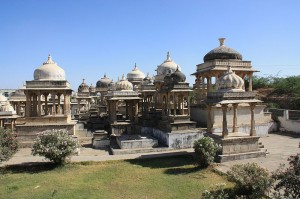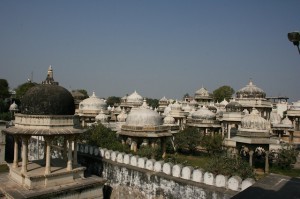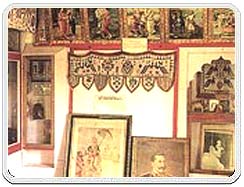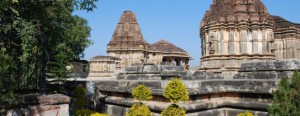Tourist Attraction of Udaipur
Udaipur is often called ‘Venice of the East’. It is also the ‘city of lakes’. The Lake Palace (Jag Niwas) located in the middle of Pichola Lake is the finest example of architectural and cultural marvel. The grand City Palace on the banks of the lake along with the Monsoon Palace (Sajjan Garh) on the hill above enhances the beauty of this magnificent city. Udaipur is also the centre for performing arts, crafts and its famed miniature paintings. The Shilpgram festival is a great crowd-puller on new year.
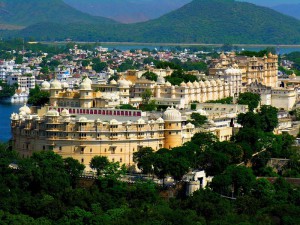
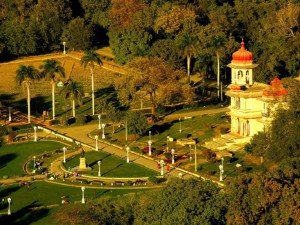
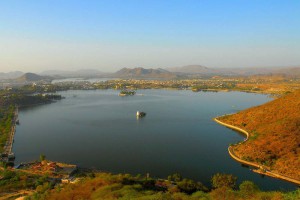
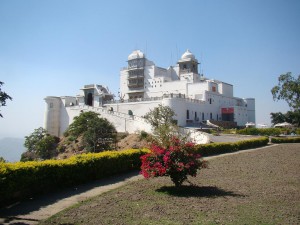
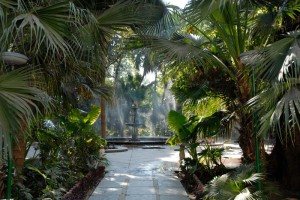
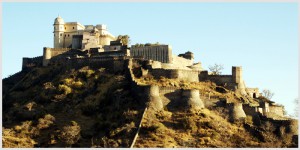
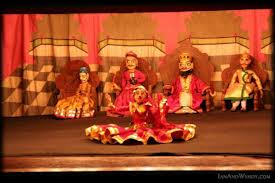
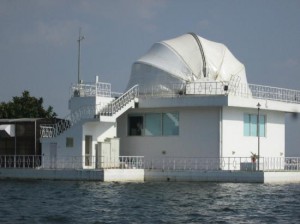
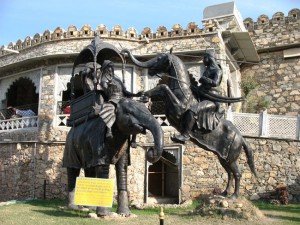
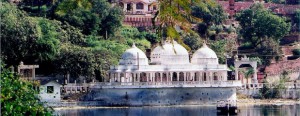
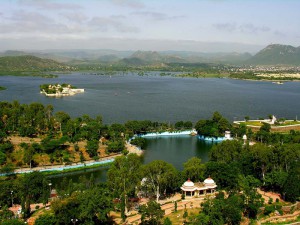
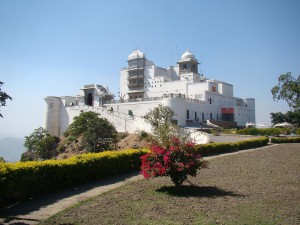
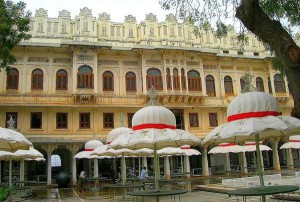
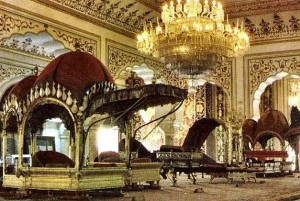
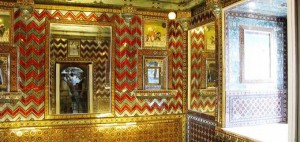
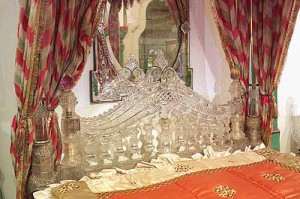
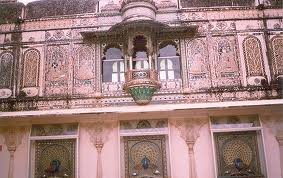
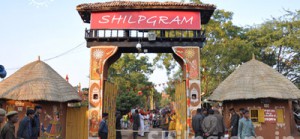
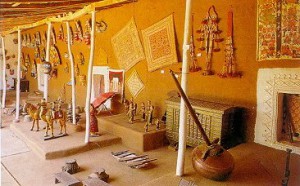
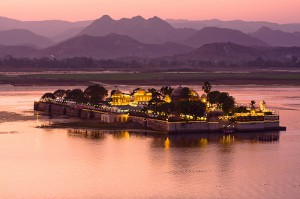
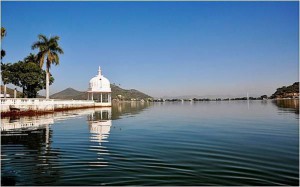
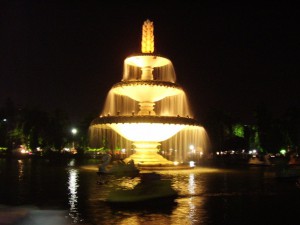
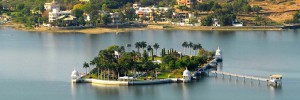
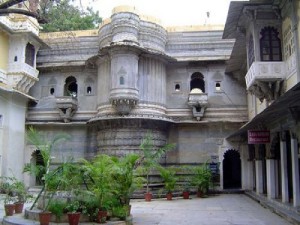
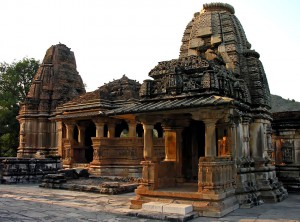
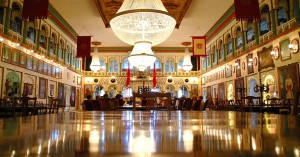
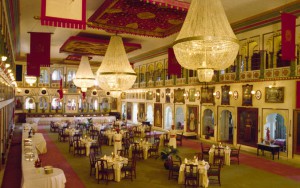
Fateh Prakash Palace :- Fateh Prakash Palace stands along the shores of Pichola Lake. Named after Maharana Fateh Singh, one of the rulers of the Mewar Dynasty, it has been converted into a heritage hotel.
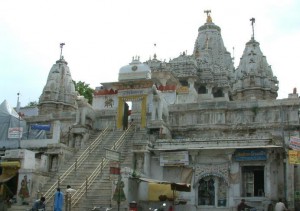 Jagdish Temple :- Jagdish Temple is located in the City Palace complex of Udaipur. Made in the Indo-Aryan style of architecture, the temple is dedicated to Lord Vishnu (Laxmi Narayan), the preserver of the Universe. Built by Maharana Jagat Singh, who ruled Udaipur during 1628-1653, it is celebrated for being the largest temple in the city. Originally called the Temple of Jagannath Rai, it dates back to 1651. Beautifully carved pillars, decorated ceilings, painted walls and halls adorn this three-storey temple. The skyline of Udaipur is dominated by the spire of the main temple that is around 79 feet high. Sculptures of dancers, elephants, horsemen and musicians adorn the shikhar (spire). At the entrance, visitors are welcomed by two huge stone elephants.A stone slab that is imprinted with the inscriptions referring to Maharana Jagat Singh is located in front of the temple. 32 marble steps need to be scaled for reaching the temple.The doorway of Lord Vishnu is guarded by a brass image of Garuda, a figure of half-man and half-eagle. A four-armed image of Lord Vishnu, carved out of a single piece of black stone, can be seen in the main shrine. Four smaller shrines are encircled by the main shrine of Lord Vishnu. These four shrines are respectively dedicated to Lord Ganesha, Sun God, Goddess Shakti and Lord Shiva.A pyramidal spire, mandap (prayer hall) and a porch form the architecture of the temple. Each of the first and the second storey of the temple possess 50 pillars. The Hindu architectural science of 'Vastushastra' has been kept in mind while constructing the temple. Raised on a tall terrace, the temple contains a double storey mandapa (hall), which is linked with a double-storey saandhara.
Jagdish Temple :- Jagdish Temple is located in the City Palace complex of Udaipur. Made in the Indo-Aryan style of architecture, the temple is dedicated to Lord Vishnu (Laxmi Narayan), the preserver of the Universe. Built by Maharana Jagat Singh, who ruled Udaipur during 1628-1653, it is celebrated for being the largest temple in the city. Originally called the Temple of Jagannath Rai, it dates back to 1651. Beautifully carved pillars, decorated ceilings, painted walls and halls adorn this three-storey temple. The skyline of Udaipur is dominated by the spire of the main temple that is around 79 feet high. Sculptures of dancers, elephants, horsemen and musicians adorn the shikhar (spire). At the entrance, visitors are welcomed by two huge stone elephants.A stone slab that is imprinted with the inscriptions referring to Maharana Jagat Singh is located in front of the temple. 32 marble steps need to be scaled for reaching the temple.The doorway of Lord Vishnu is guarded by a brass image of Garuda, a figure of half-man and half-eagle. A four-armed image of Lord Vishnu, carved out of a single piece of black stone, can be seen in the main shrine. Four smaller shrines are encircled by the main shrine of Lord Vishnu. These four shrines are respectively dedicated to Lord Ganesha, Sun God, Goddess Shakti and Lord Shiva.A pyramidal spire, mandap (prayer hall) and a porch form the architecture of the temple. Each of the first and the second storey of the temple possess 50 pillars. The Hindu architectural science of 'Vastushastra' has been kept in mind while constructing the temple. Raised on a tall terrace, the temple contains a double storey mandapa (hall), which is linked with a double-storey saandhara.
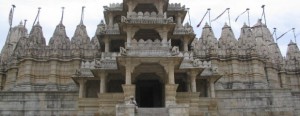
The Adinath Jain Temple :- The Adinath Jain Temple is located in Ranakpur, a valley on the western side of the Aravalli Range. Dedicated to Adinatha, the temple was built during the reign of Rana Kumbha, in the 15th century.The largest Jain temple in India, it has a 4,500 square yards basement. Constructed using light coloured marble, the temple has four subsidiary shrines and 24 pillared halls.The 1,444 marble pillars of the temple are decorated with elaborately carved sculptures and filigrees, including the domes.
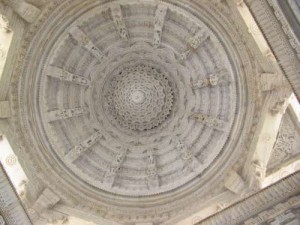

MLV Tribal Research Institute :- MLV Tribal Research Institute provides an insight into Mewar's tribal communities. In the museum are housed artefacts belonging to the tribal culture, along with a library on tribal life and issues.
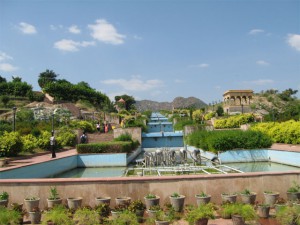
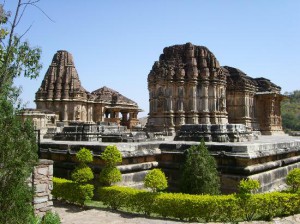
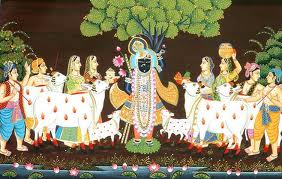
Shrinathji Temple of Nathdwara
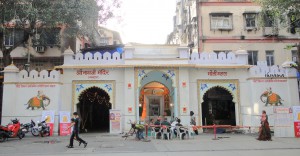
Shrinathji Temple of Nathdwara
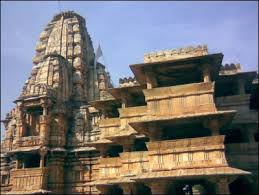
Shrinathji Temple of Nathdwara
